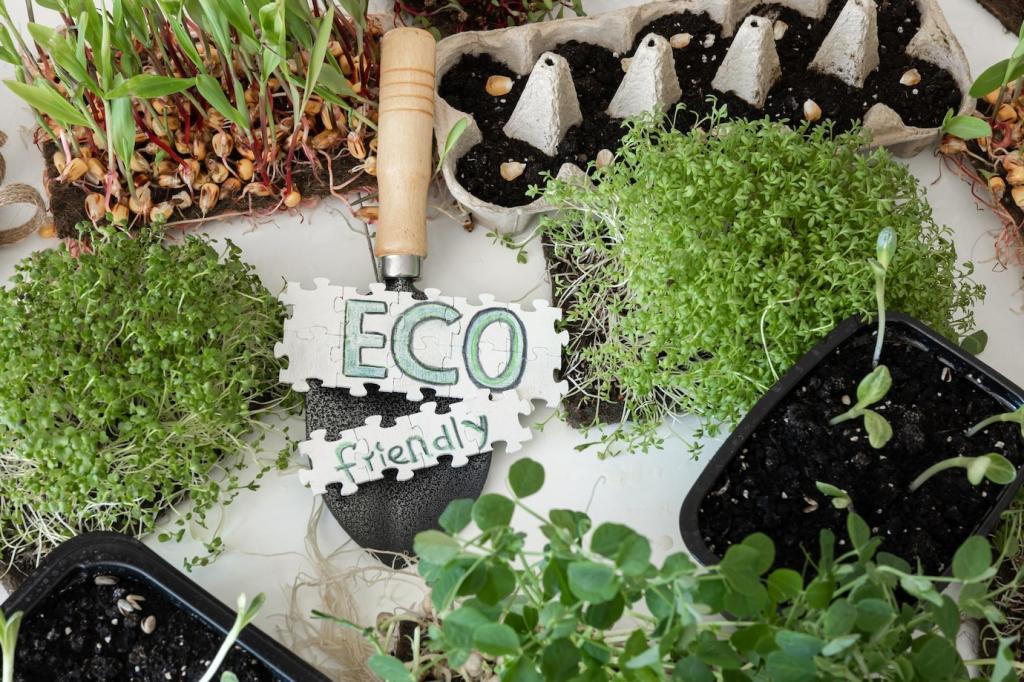Trees and Microclimates: Natural Energy Managers
Deciduous trees on the west and southwest sides can reduce afternoon heat and lower cooling energy in many climates. One reader planted two oaks and watched indoor temperatures mellow during heatwaves. Share your house orientation for custom planting ideas.
Trees and Microclimates: Natural Energy Managers
Evergreen windbreaks on the north or northwest slow gusts that strip warmth from walls. A staggered row of conifers and dense shrubs can reduce drafts and make outdoor spaces usable longer. Tell us your prevailing winds, and we’ll suggest a layered windbreak.








